How to Mitigate AI Bias in Sales & Marketing
On this page
Artificial intelligence (AI) has literally revolutionized the business landscape almost overnight - particularly in the realms of marketing and sales.
But as with all powerful tools, there's a catch or two (or a million), and here’s a big one: AI systems can develop biases that skew decision-making and affect business outcomes.
We did some research on AI bias for ourselves, so we put this article together to share what we found.
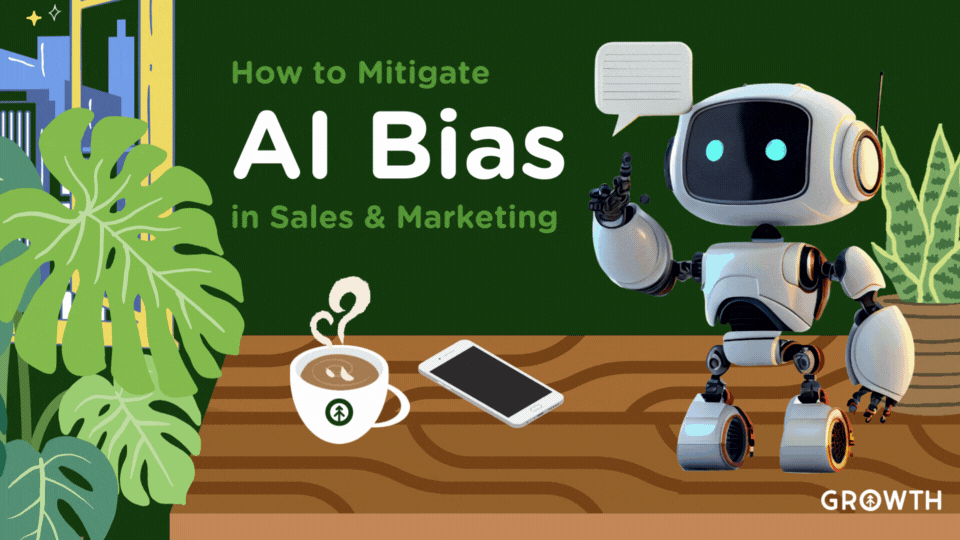
Feel free to skip around through the article to the topic most relevant to you by clicking a chapter from the links below - or read it all.
- What is AI Bias?
- Examples of How AI Bias Can Harm Businesses
- The Impact of AI Bias on Marketing & Sales
- Mitigating AI Bias When Using 3rd-Party Tools
- ChatGPT & AI Bias
- AI Tools We Trust at Growth
What is AI Bias?
AI bias is skewed output due to flaws in training data, algorithms, or both.
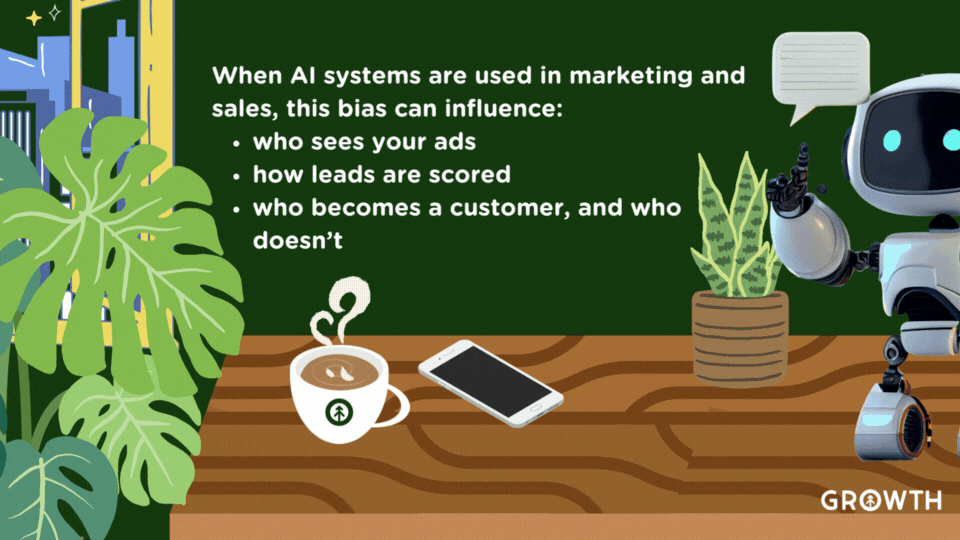
This skewness results from data that doesn’t represent the full range of possibilities, or from algorithms that learn and perpetuate existing biases.
When AI systems are used in marketing and sales, this bias can influence:
- who sees your ads
- how leads are scored
- who becomes a customer, and who doesn’t
Examples of How AI Bias Can Harm Businesses
Metaphorically speaking, AI bias is similar to human biases like racism, sexism, and ableism.
Because AI systems are trained on data generated by humans, and that data can inadvertently include our biases.
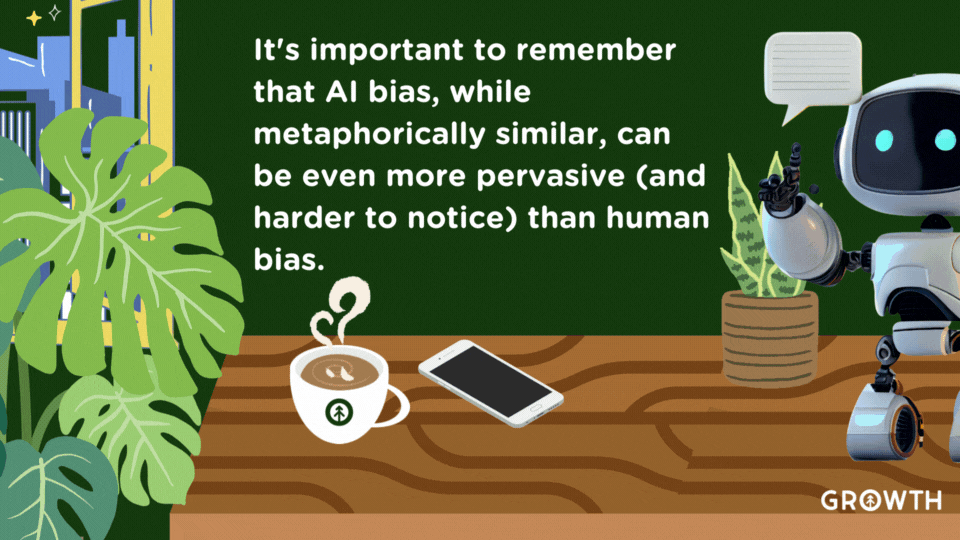
Here’s one example of how this is a big problem: if an AI system is trained with data that includes prejudiced attitudes - such as hiring data where male candidates are favored over equally qualified female candidates -the system may 'learn' to perpetuate this bias and favor male candidates in its own decision-making.
In the same way that it's important to work against these biases in human society, it's also crucial to identify and mitigate these biases in AI systems.
However, it's also important to remember that AI bias, while metaphorically similar, can be even more pervasive (and harder to notice) than human bias.
An AI system can make thousands or even millions of decisions in the time a human makes one, and each of these decisions could be subtly biased in a way that's hard to detect without careful analysis.
That’s why it's so important to monitor AI systems for bias and to take steps to mitigate it when found.
The Impact of AI Bias on Marketing & Sales
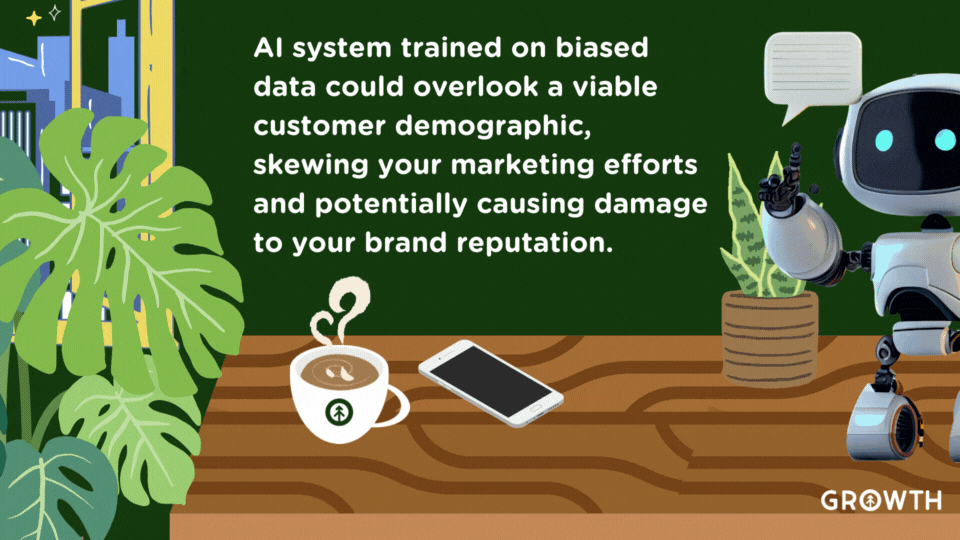
So, as you can imagine, AI bias can have serious implications for businesses whether you use AI in your business or not.
At its worst, it can lead to unfair outcomes and missed opportunities.
For instance, an AI system trained on biased data could overlook a viable customer demographic, skewing your marketing efforts and potentially causing damage to your brand reputation.
In sales, AI bias might result in unfair prioritization of leads, which can result in missed revenue opportunities.
So, how can you control AI bias when most of us use 3rd-party tools?
It’s a challenge, but it can be done in several ways, so let’s take a look.
Mitigating AI Bias When Using Third-Party Tools
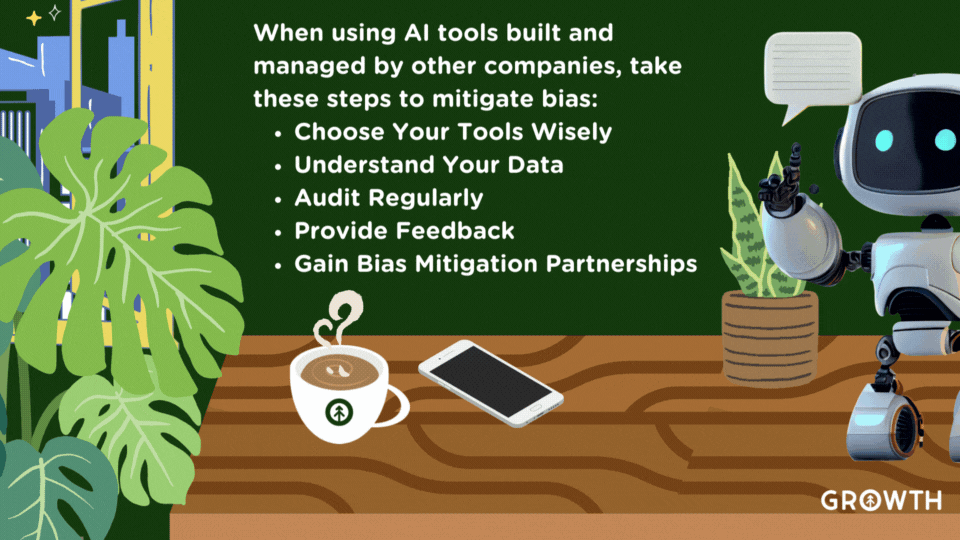
When using AI tools built and managed by other companies, there are steps you can take to mitigate bias.
Here's how:
- Choose Your Tools Wisely: Research the AI tools you plan to use. Look for vendors who prioritize ethical AI practices and transparency. These companies are more likely to monitor and mitigate biases in their AI systems.
- Understand Your Data: While you may not be able to control the algorithms, you can control the data you feed into the system. Ensure the data you're using to train or interact with the AI is diverse and representative. This can help mitigate bias from the outset.
- Regular Audits: Regularly audit the outcomes from your AI tools. Look for patterns that may suggest bias. For instance, if a lead scoring tool consistently underrates leads from a certain demographic, it may be reflecting a bias.
- Provide Feedback: If you identify potential bias, communicate this with your AI vendor. They may be able to address the issue, or it may inform improvements in future iterations of the tool.
- Bias Mitigation Partnerships: Work with consultancies or organizations specializing in AI bias. These partners can offer audits of your AI tools, help you interpret the results, and provide mitigation strategies.
By being proactive and vigilant, you can greatly reduce the risks of AI bias, even when using third-party tools.
Remember, a tool is only as good as the way you use it – and understanding potential biases is a big part of using AI responsibly.
ChatGPT & AI Bias
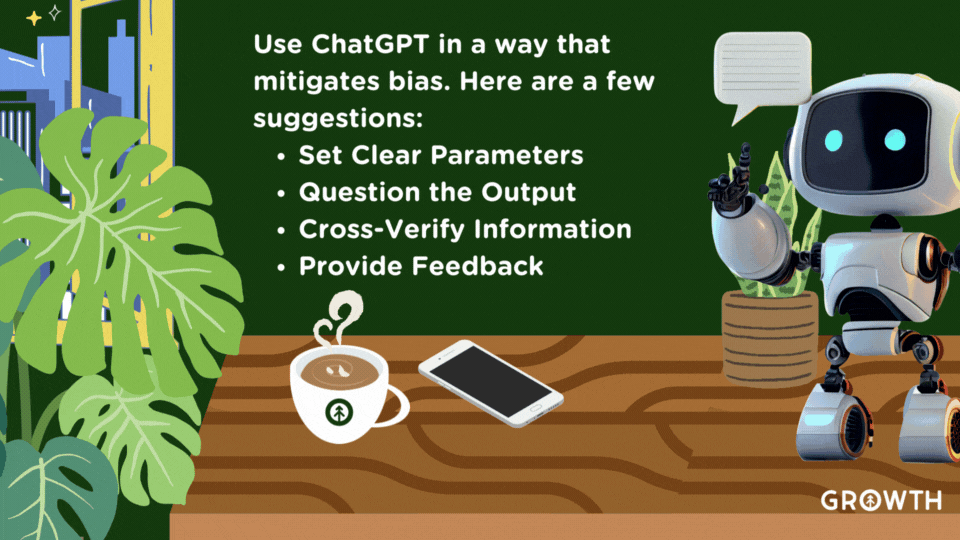
OpenAI, the organization that developed and maintains GPT (including ChatGPT), has stated its commitment to reducing both glaring and subtle biases in how the AI responds to different prompts and data inputs from users.
The development process includes efforts to make the system understand and respect users' values and to ensure it doesn't generate outputs that could do harm.
An important part of the process is having a strong feedback loop with the user community, so users can help identify issues and participate in the system’s rules.
As for using ChatGPT in a way that mitigates bias, here are a few suggestions:
- Set Clear Parameters: When engaging with the AI, provide clear instructions. This can help narrow down the possibilities and ensure the AI provides the information you're looking for.
- Question the Output: AI is a tool, and like any tool, it's not infallible. Users should consider the outputs provided by the AI critically and not take them as the ultimate truth. Do your own research, always.
- Cross-Verify Information: For important decisions or information, users should cross-verify the information provided by AI using multiple reliable sources.
- Provide Feedback: If a user notices bias or other issues in the AI's responses, it's crucial to provide feedback. This feedback will be used to improve the AI and its ability to handle such situations in the future.
Clear, concise, and detailed instructions will often yield better results.
It's important to remember that while ChatGPT and similar AI systems can provide a lot of valuable information and help automate tasks, they're not a substitute for human judgment and expertise.
Users should always exercise critical thinking when interpreting and applying AI outputs.
For more from Growth on ChatGPT:
AI Tools We Trust at Growth
At Growth, we place a high premium on using state-of-the-art tech + human brilliance to fuel our operations and deliver optimal results for our clients.
A pivotal component in our tech stack is the suite of tools provided by HubSpot, including its CRM, CMS, and comprehensive Marketing, Sales, Service, and Operations Hubs.
We also trust Apollo, RollWorks, and Kixie for our ABM system-building and outreach.
What sets these tools apart - and the reason we place our trust in them - are their built-in artificial intelligence (AI) capabilities, user-friendly interface, and comprehensive services.
We trust these tools to empower us to deliver efficient, personalized, and superior service to our clients.
Want to join their ranks? Set up a quick meeting with Will to let him know what you need. We’re on it. ⬇️
Explore More Insights: Related Blog Posts
-
 CopywritingFeb 9, 2023
CopywritingFeb 9, 2023 Growth Marketing Firm
Growth Marketing FirmA Copywriter's Conversation about ChatGPT with ChatGPT
Hey! I’m the copywriter at Growth, and I’ve been playing with (and seriously thinking about) AI language...
-
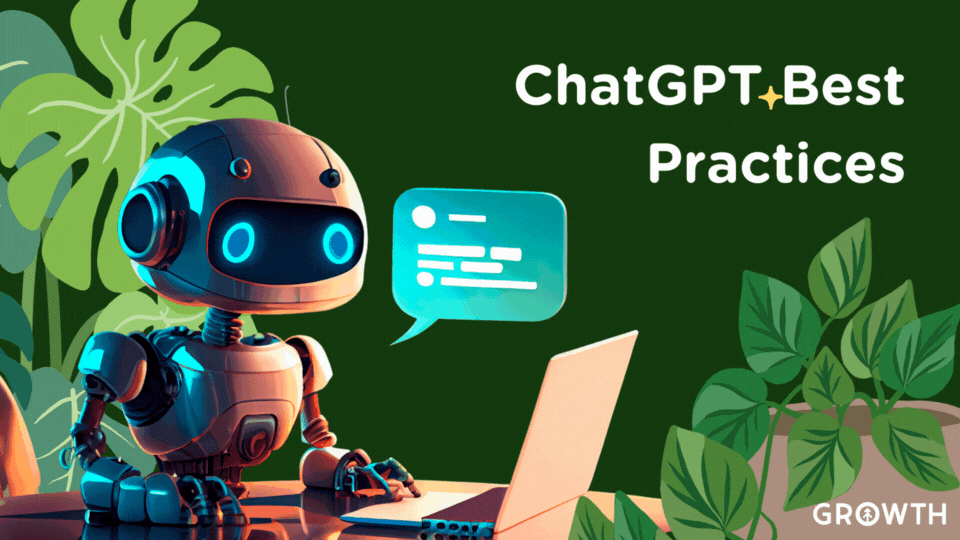 Marketing StrategyMay 31, 2023
Marketing StrategyMay 31, 2023 Growth Marketing Firm
Growth Marketing FirmChatGPT Best Practices
ChatGPT, a powerful language model developed by OpenAI, has definitely revolutionized how we create content...
-
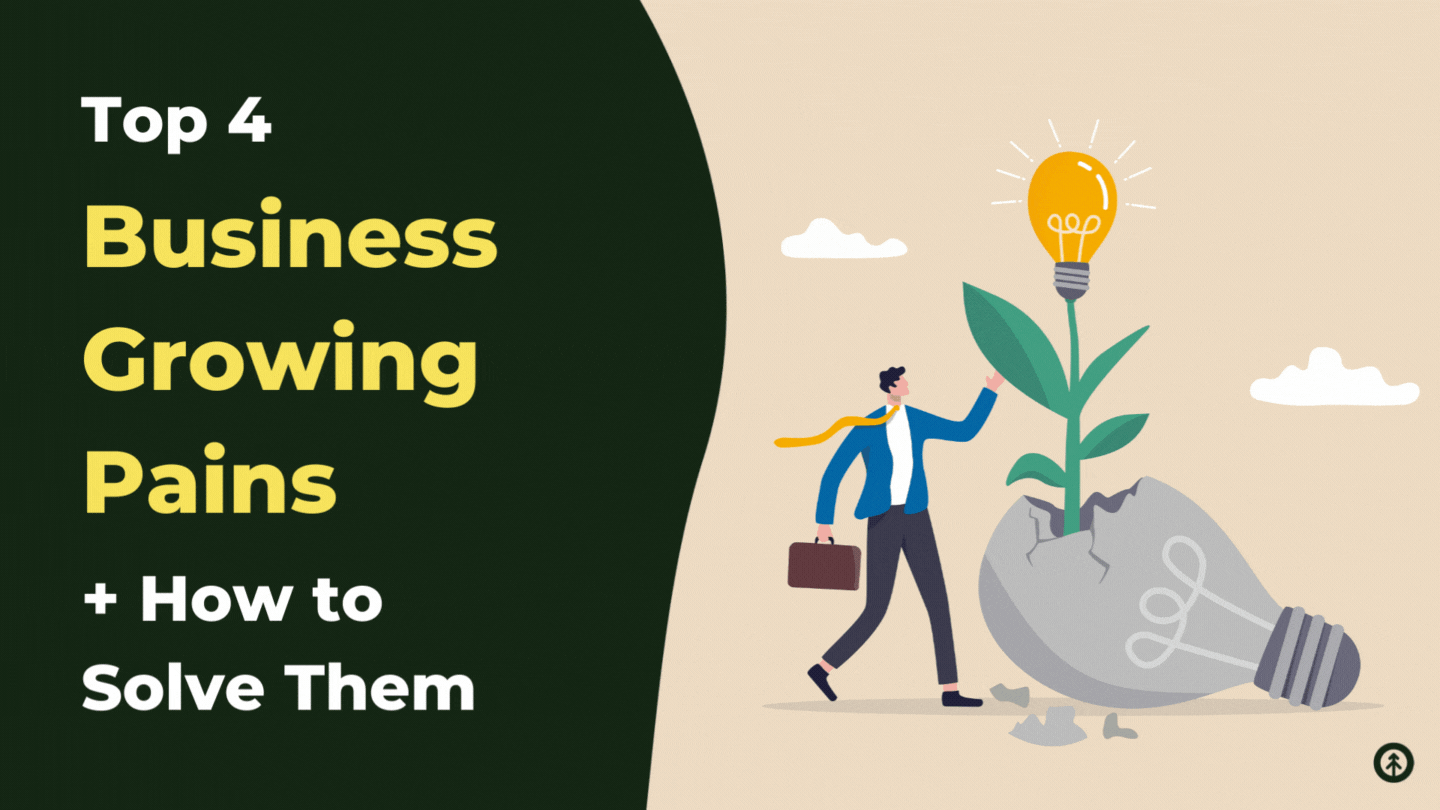 Growth MindsetOct 7, 2022
Growth MindsetOct 7, 2022 Growth Marketing Firm
Growth Marketing FirmTop 4 Business Growing Pains + How to Solve Them
As your business grows, you'll inevitably experience growing pains—problems that arise from expanding too...
-
 Inbound MarketingMar 5, 2021
Inbound MarketingMar 5, 2021 Growth Marketing Firm
Growth Marketing FirmIs Your Business on Apple Maps?
"Hey Siri, I'm looking for …..." The virtual voice assistant from Apple responds, "Based on your current...
-
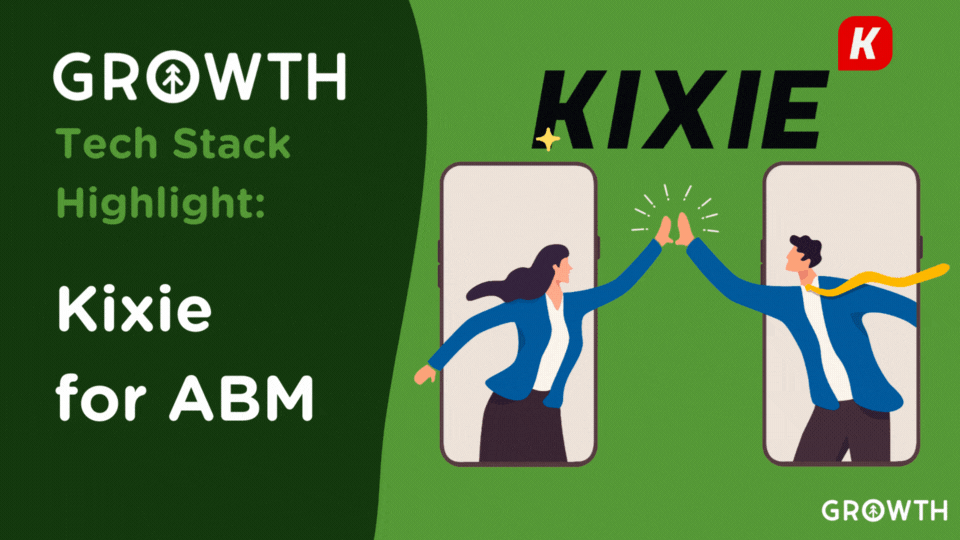 Tech StackOct 21, 2022
Tech StackOct 21, 2022 Growth Marketing Firm
Growth Marketing FirmTech Stack Highlight: Kixie for ABM
As business and technology evolve, so too must the strategies that sales and marketing teams use to generate...
-
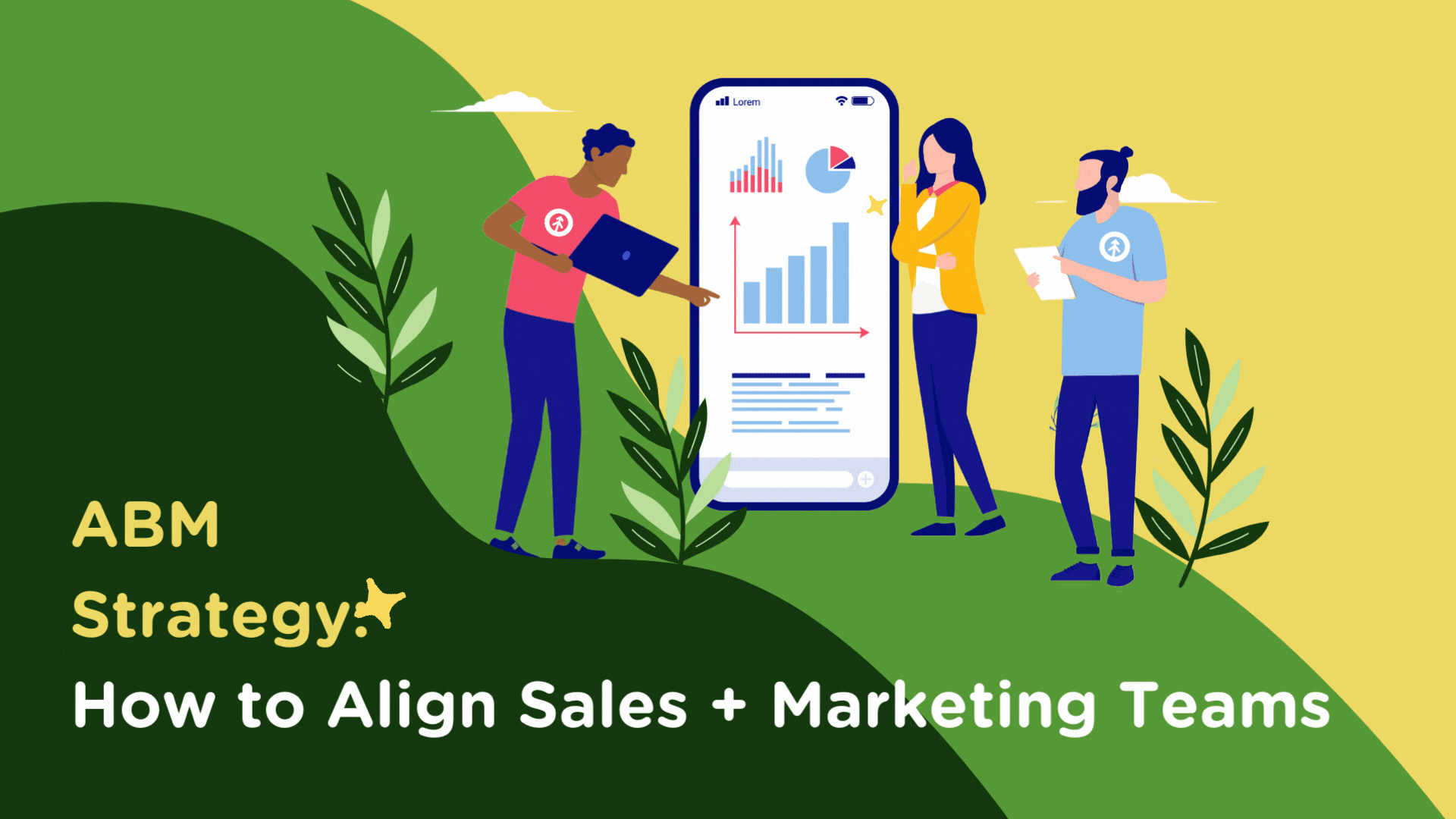 Sales EnablementFeb 13, 2023
Sales EnablementFeb 13, 2023 Growth Marketing Firm
Growth Marketing FirmABM Strategy: 3 Tips for Aligning Your Sales + Marketing Teams
Account-based marketing (ABM) is a growth strategy that helps sales and marketing teams collaborate on...
-
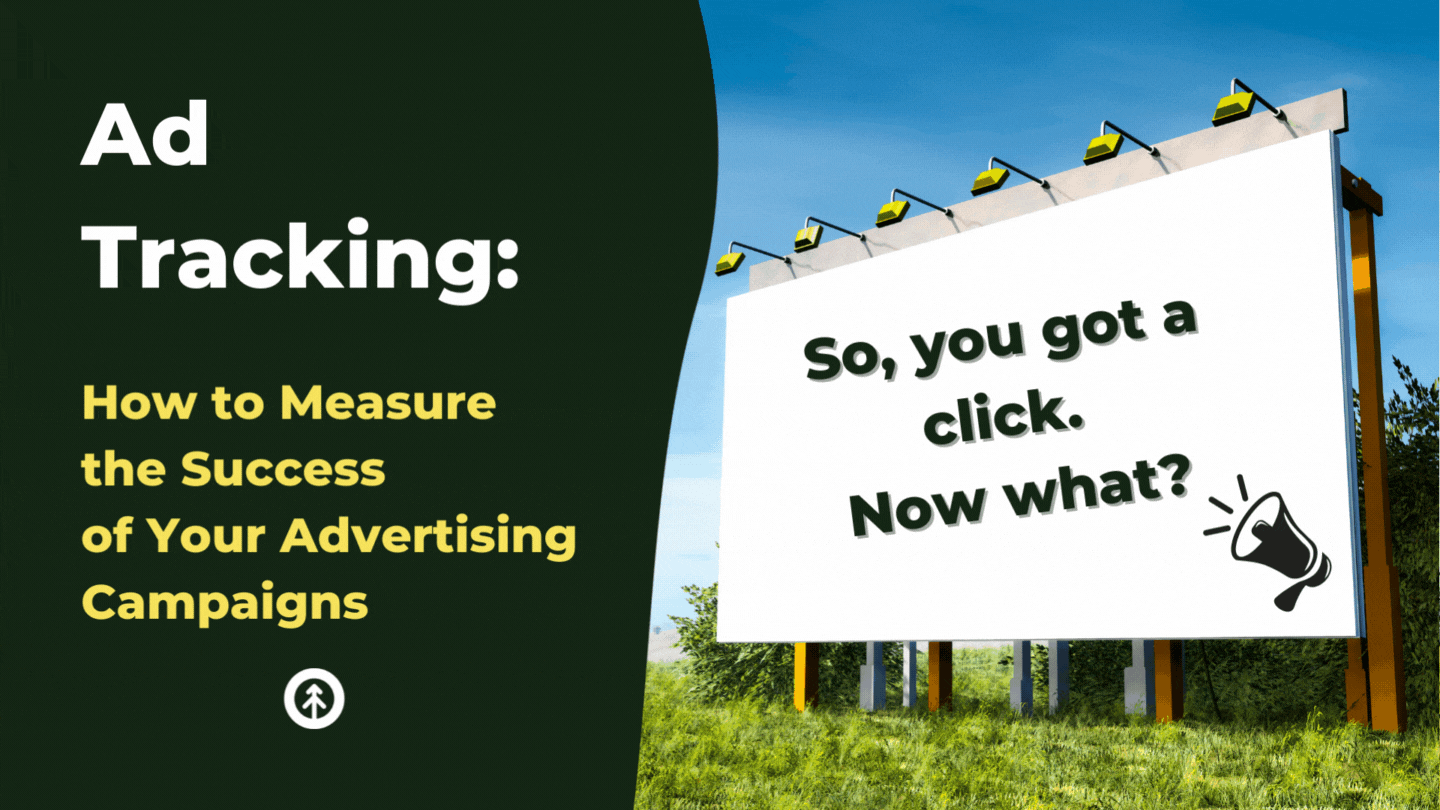 Marketing StrategyOct 4, 2022
Marketing StrategyOct 4, 2022 Growth Marketing Firm
Growth Marketing FirmAd Tracking: How to Measure the Success of Your Campaigns
So you got a click on one of your digital ads. Now what? Ad tracking, that’s what.
-
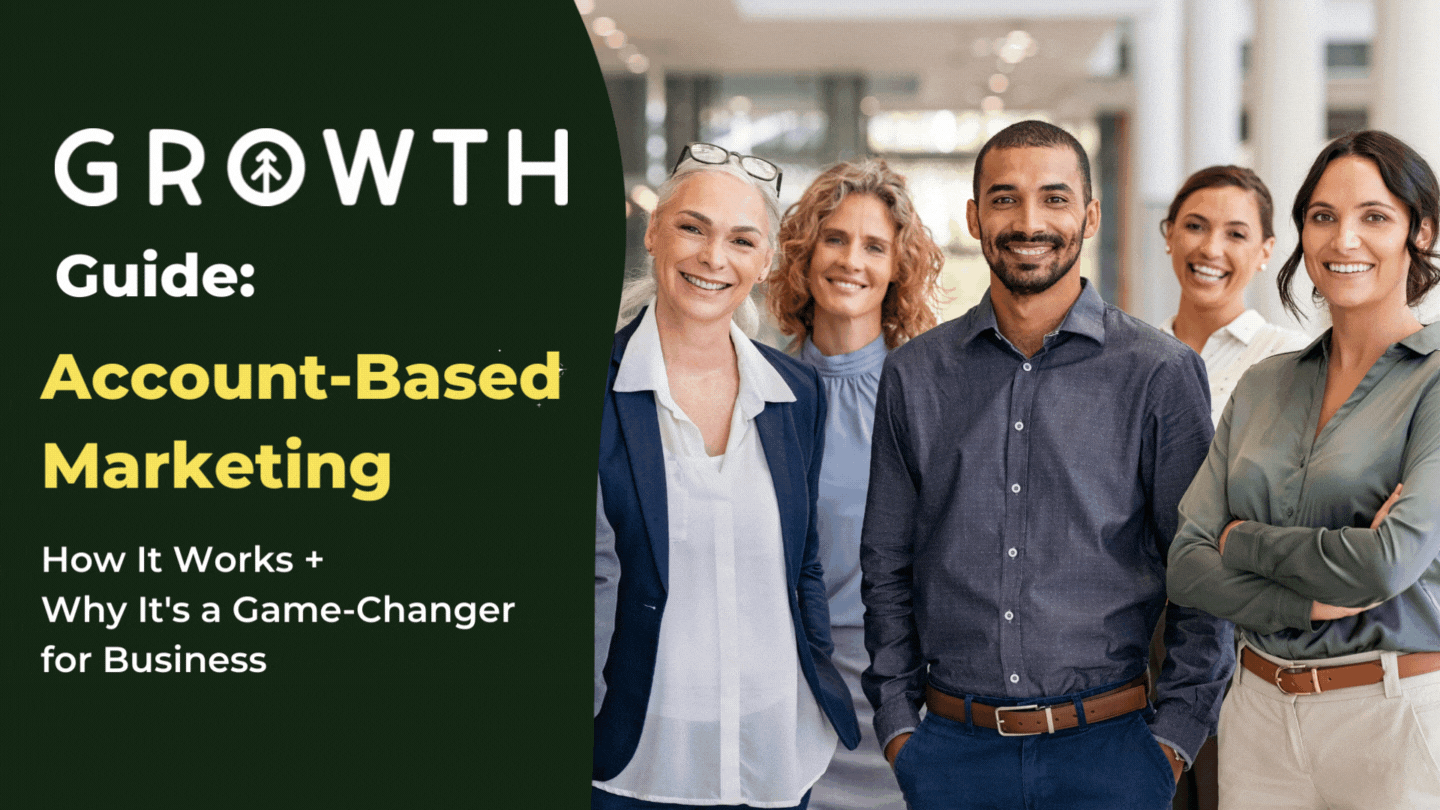 Inbound MarketingAug 17, 2022
Inbound MarketingAug 17, 2022 Growth Marketing Firm
Growth Marketing FirmA Growth Guide to Account-Based Marketing
Growth Marketing Firm · A Growth Guide To Account - Based Marketing What if your sales team could begin...
-
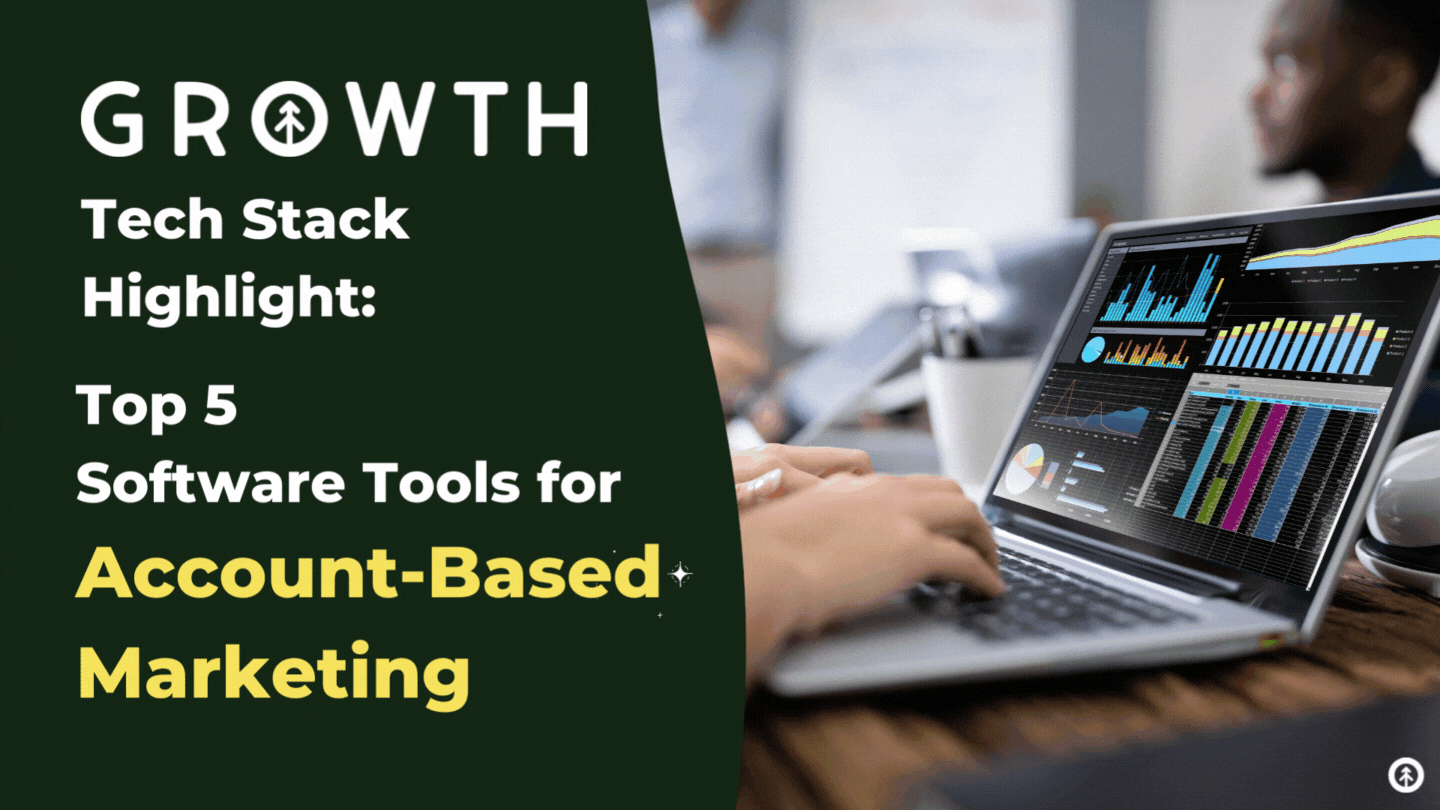 Tech StackAug 29, 2022
Tech StackAug 29, 2022 Growth Marketing Firm
Growth Marketing Firm5 ABM Tech Stack Winners
Growth Marketing Firm · 5 ABM Tech Stack Winners So, you’ve got your Account-Based Marketing strategy in its...
